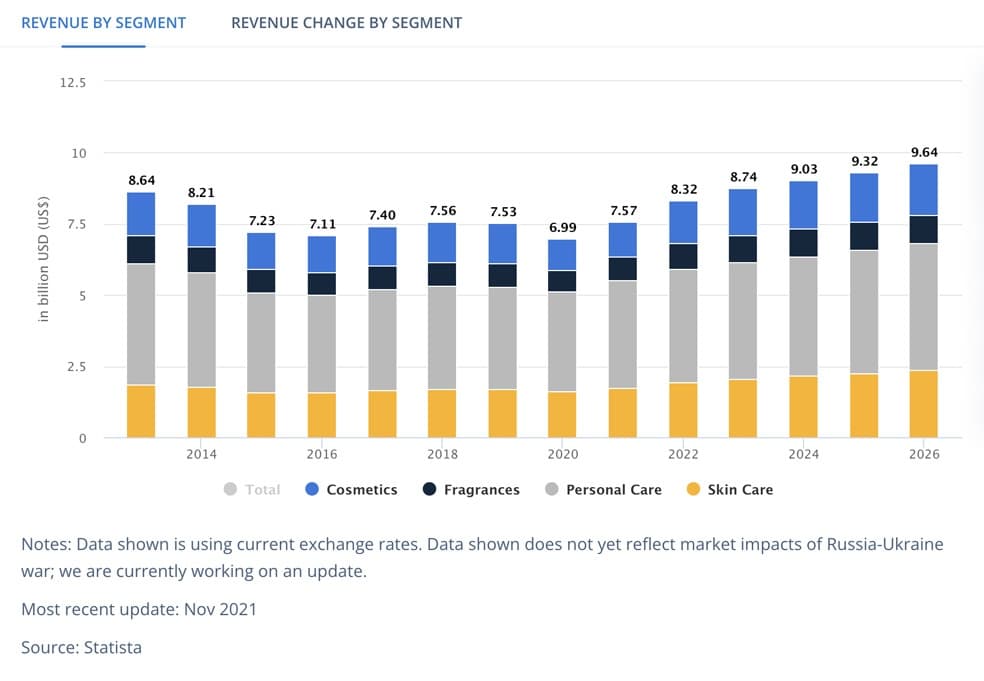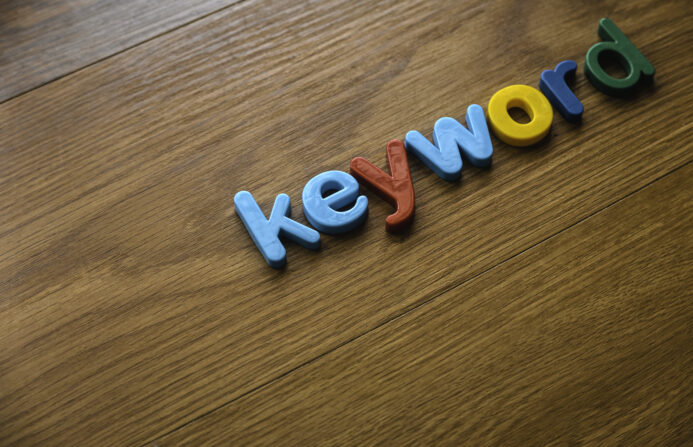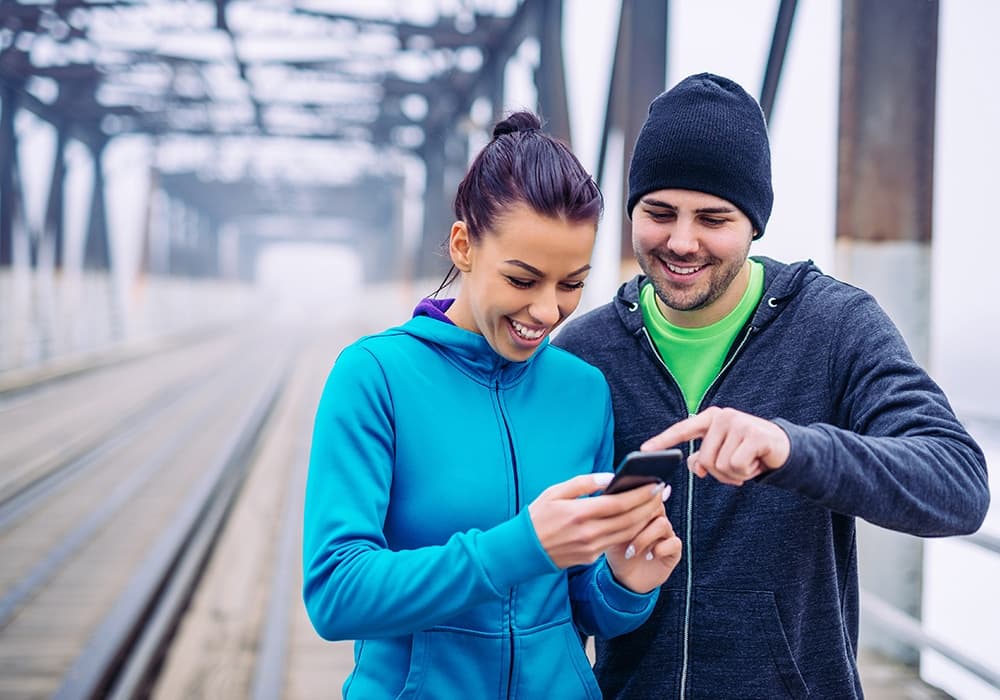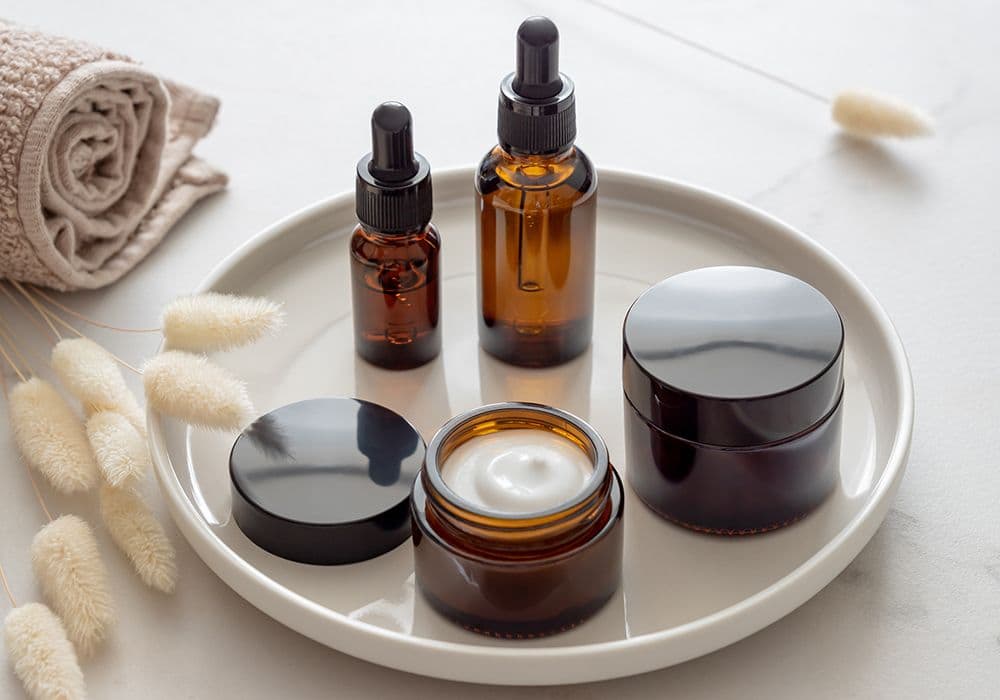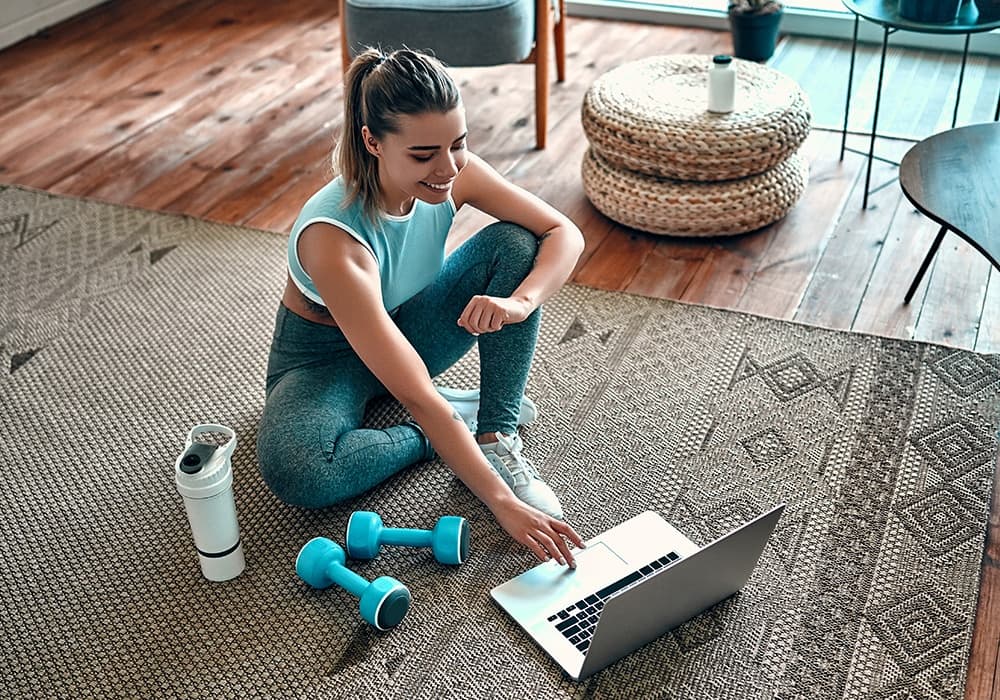02. Beauty chatbots have become smart virtual store assistants for a variety of leading fashion, beauty, and cosmetic companies. With beauty chatbots, users are able to have a conversation much like they would with an in-store human assistant and receive beauty information, tips, and recommendations. The bots ask users a variety of questions, and once the users respond, the digital beauty consultation begins.
Several beauty distributors and brands are adopting AI-powered chatbots to productively engage with their customers. Sephora has created an intuitive beauty chatbot which allows customers to try out a vast range of makeup shades and tones simply by uploading a selfie into the messaging interface. CoverGirl pioneered the use of the world’s first influencer chatbot, Kalanibot, which is modeled on Instagram influencer Kalani Hilliker, a teenage dancer with over 4 million followers. With the world’s leading beauty brands embracing chatbot technology, it marks the beginning of the trend toward more personalized and intelligent beauty experiences.
Connect with us to learn how we can transform your business

